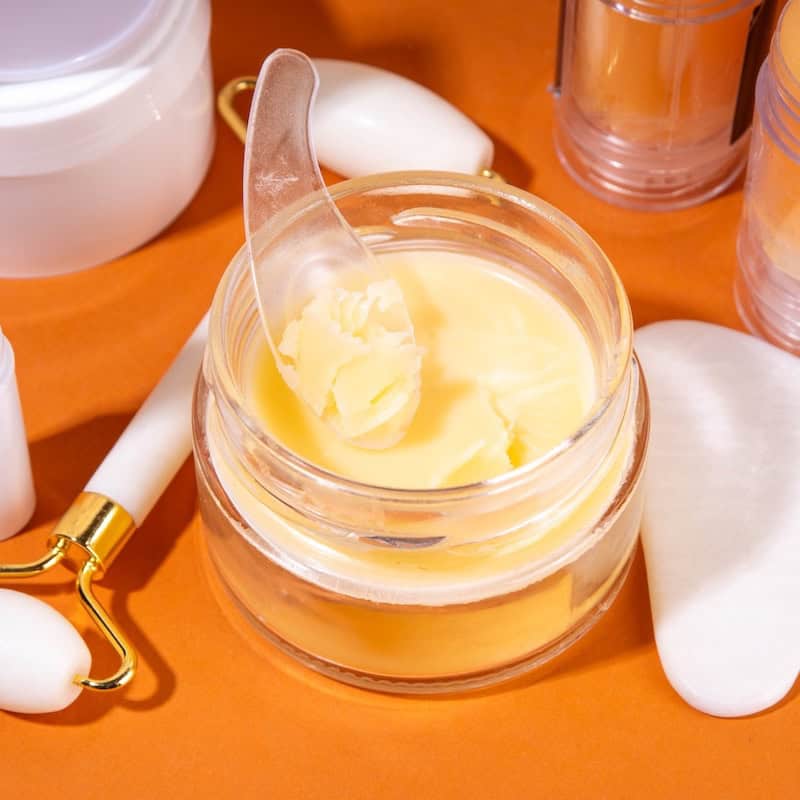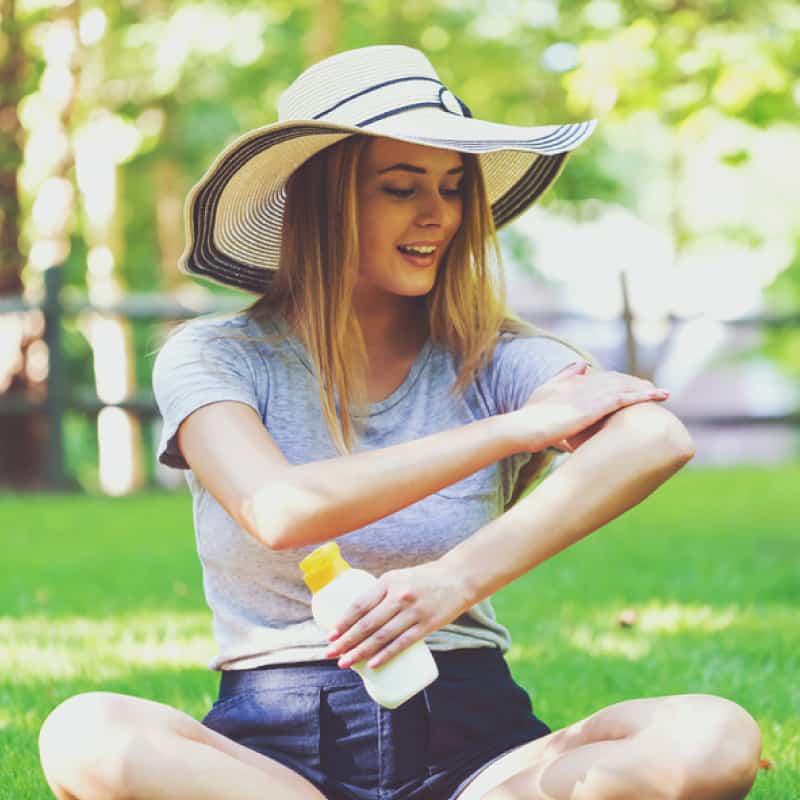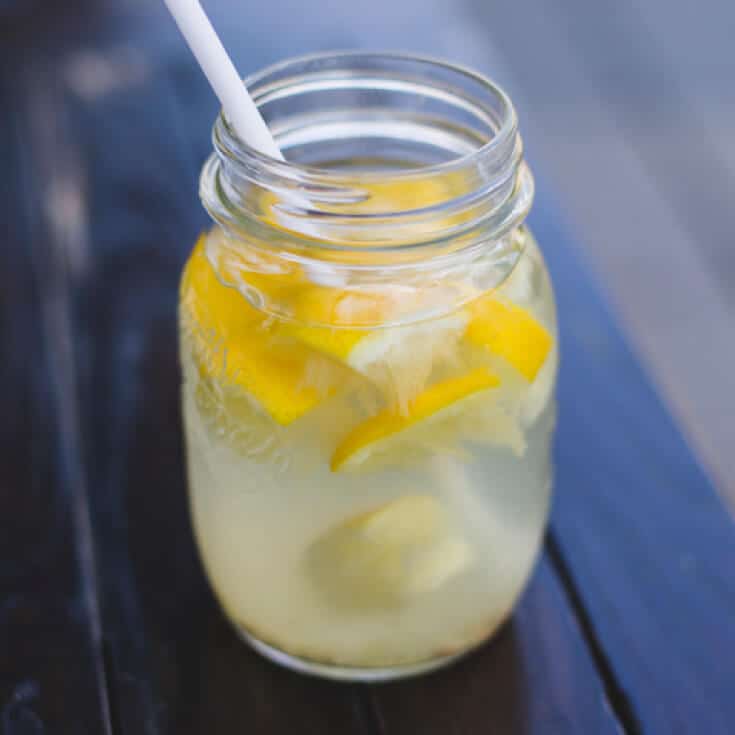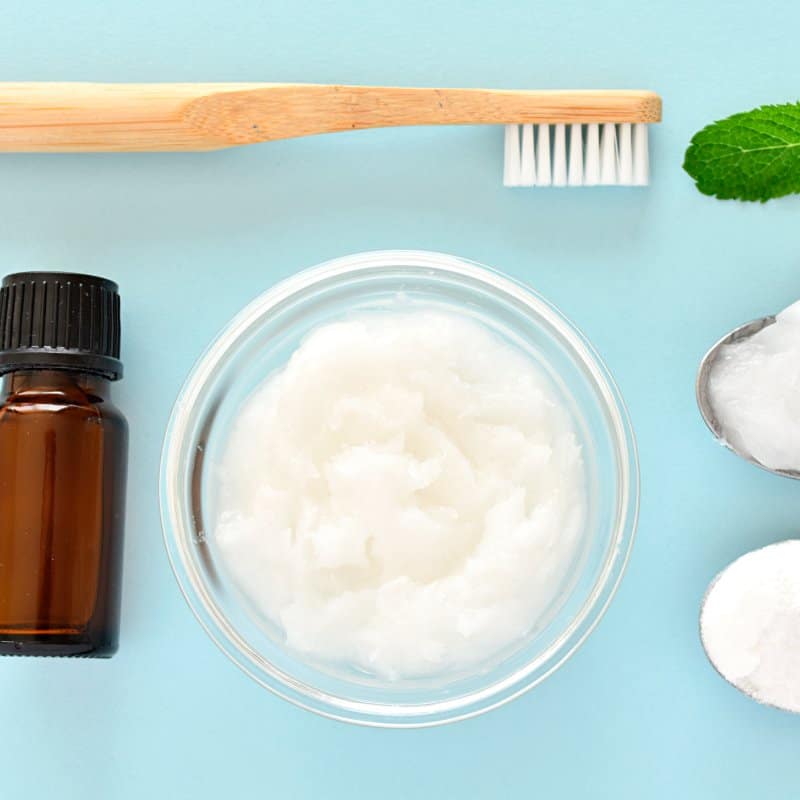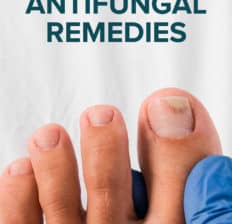This Dr. Axe content is medically reviewed or fact checked to ensure factually accurate information.
With strict editorial sourcing guidelines, we only link to academic research institutions, reputable media sites and, when research is available, medically peer-reviewed studies. Note that the numbers in parentheses (1, 2, etc.) are clickable links to these studies.
The information in our articles is NOT intended to replace a one-on-one relationship with a qualified health care professional and is not intended as medical advice.
This article is based on scientific evidence, written by experts and fact checked by our trained editorial staff. Note that the numbers in parentheses (1, 2, etc.) are clickable links to medically peer-reviewed studies.
Our team includes licensed nutritionists and dietitians, certified health education specialists, as well as certified strength and conditioning specialists, personal trainers and corrective exercise specialists. Our team aims to be not only thorough with its research, but also objective and unbiased.
The information in our articles is NOT intended to replace a one-on-one relationship with a qualified health care professional and is not intended as medical advice.
9 Natural Antifungal Remedies (Plus a DIY Antifungal Cream)
July 27, 2023
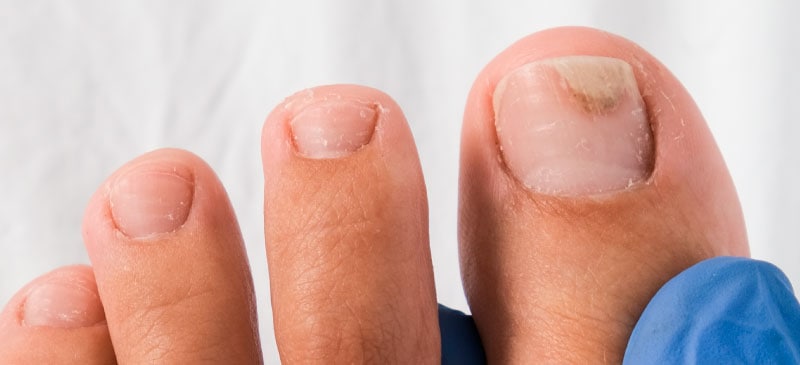
Anyone who experiences a fungal infection knows just how frustrating it can be. Fungal infections can often cause much discomfort or even embarrassment (think stinky feet), even if they rarely threaten your health in a serious way. As such antifungal medications, such as an antifungal cream, are often used to treat and prevent fungal infections, also known as mycosis.
There are many types of fungal infections, but some more common ones are:
- athlete’s foot
- toenail or fingernail fungus
- jock itch
- candida or yeast infections
- oral thrush
- ringworm
- meningitis
It’s common to obtain drugs through doctor’s prescription or over the counter, but there are numerous natural antifungal cream remedies that seem to be more effective based on many studies. Plus, you can make your own homemade antifungal cream with natural, effective ingredients.
An Epidemic of Antifungal Overuse?
Until the 1940s, relatively few antifungal creams and agents were available for the treatment of systemic fungal infections. However, a discovery, though mostly ignored at the time, was made while studying biotin deficiency in animals and microbes.
Around the mid-1970s, Hugo Vanden Bossche observed an azole containing antifungal activity that inhibited the uptake of purines in yeast from candida. The development of these antifungals represented a major advance in medical mycology, though its use was associated with toxic side effects.
The continued search for new and less toxic antifungals led to the discovery of the azoles several decades later with the first release in the early 1980s. However, in the 1990s, new discoveries of both fluconazole and itraconazole displayed a broader spectrum of antifungal activity.
Eventually, these agents became subject to a number of clinically important limitations related to their development of resistance, the induction of hazardous drug interactions and their performance as they moved throughout the body and their toxicity.
New developments have made in an effort to do a better job, claiming greater potency against resistant and emerging pathogens. Regardless, it seems that natural remedies may do an even better job in some instances at acting as antifungal agents.
Medically speaking, members of the genus Aspergillus are common fungus found anywhere on Earth. To date, over 185 Aspergillus species have been identified, 20 of which have been reported to cause harmful infections in humans, animals and plants, with Aspergillus flavus the most known because it causes direct infections and diseases in humans.
A. flavus is second only to A. fumigatus, the leading cause of human invasive aspergillosis. Although invasive aspergillosis is rare in people who have normal immune systems, it actually can contribute to more serious issues in anyone who is immunosuppressed.
Despite the recent introduction of new antifungal drugs and synthetic preservatives, the application of synthetic antifungal agents has led to a notable increase in drug resistance.
The most frequently used treatment within antifungal creams contains a chemical compound called azole. However, studies show that there are common sensitivities and allergic reactions to many azoles and that, more and more, natural remedies and homemade antifungal cream can work better.
The American Society for Microbiology concluded that severe hypersensitivity reactions to antifungal drugs can occur and documented a systemic allergic reaction to fluconazole, specifically, causing clinicians to be very cautious in prescribing another azole as an antifungal agent.
Additionally, these azoles can produce risks to anyone who is pregnant. A panel of azole antifungal agents commonly administered to women of childbearing years was tested for the potential to inhibit aromatase, which is the enzyme that synthesizes estrogen. The oral agents fluconazole and ketoconazole and the topical agents econazole, bifonazole, clotrimazole, miconazole and sulconazole were examined.
This examination showed that some azole drugs may disrupt estrogen production in pregnancy, ultimately affecting pregnancy outcome.
Recurrent vulvovaginal candidiasis remains a challenge to manage in clinical practice. Epidemiologic studies indicate that non-albicans candida spp. are more resistant to conventional antifungal treatment with azoles and are considered as causative pathogens of vulvovaginal candidiasis.
The good news is that researchers are finding that the antimicrobial properties of plant products and other naturally based solutions have been recognized and used for antifungal cream recipes since ancient times in China. Among the different groups of plant products, essential oils are especially recommended as one of the most promising groups of natural products for the formulation of safer antifungal cream and agents.
While it’s always important to exercise caution when when using an essential oil or any new remedy, the majority of the essential oils are classified as generally recognized as safe. Essential oils are a promising alternative, and there are numerous other natural remedies, many of which can be found in your cupboard.
Natural Antifungal Remedies
1. Yogurt and Probiotics
The vagina is home to numerous beneficial microbes, which keep disease-causing microbes, such as candida, in check. The yeasts grow out of control when something, such as antibiotics or hormones, disrupts that delicate balance.
Using yogurt or probiotic foods, such as kombucha, has become a common natural remedy for vaginal yeast infections with the goal of restoring the vagina’s population of friendly bacteria.
A 2003 report found that studies suggest Lactobacillus recolonization of the vagina shows promise as a treatment for yeast infections, and while more studies need to be developed, we know that regular ingestion of beneficial bacteria poses very little harm and is usually very helpful to the body. It’s important to note that putting yogurt directly into the vagina is not advised, as it could lead to additional infection.
2. Garlic
Numerous studies have shown that garlic benefits include its antifungal properties.
For instance, garlic has been proven to be even more effective against athlete’s foot than prescription medicines like Lamisil. Studies show that a compound in garlic known as “ajoene” is especially effective against the fungus that causes athlete’s foot.
3. Oregano Essential Oil
Oregano oil is a powerful plant-based antibiotic. It’s been found to inhibit Candida spp. biofilms and provide antifungal activity — along with thyme oil — against fungi attacking store grain.
While oregano is a super powerful natural antibiotic, make sure to use caution. It can cause a burning sensation and should be heavily diluted with a carrier oil.
Also, I would not recommend applying it to sensitive areas of the body.
4. Tea Tree Oil
Tea tree oil has been shown to be effective against various candida in numerous studies.
In one such study, tea tree oil was shown to be active in vitro against all tested strains and was highly successful in accelerating the elimination of candida from the experimentally infected rat vagina. Continued studies brought about resolution of the infection regardless of whether the infecting C. albicans strain was susceptible or resistant to fluconazole.
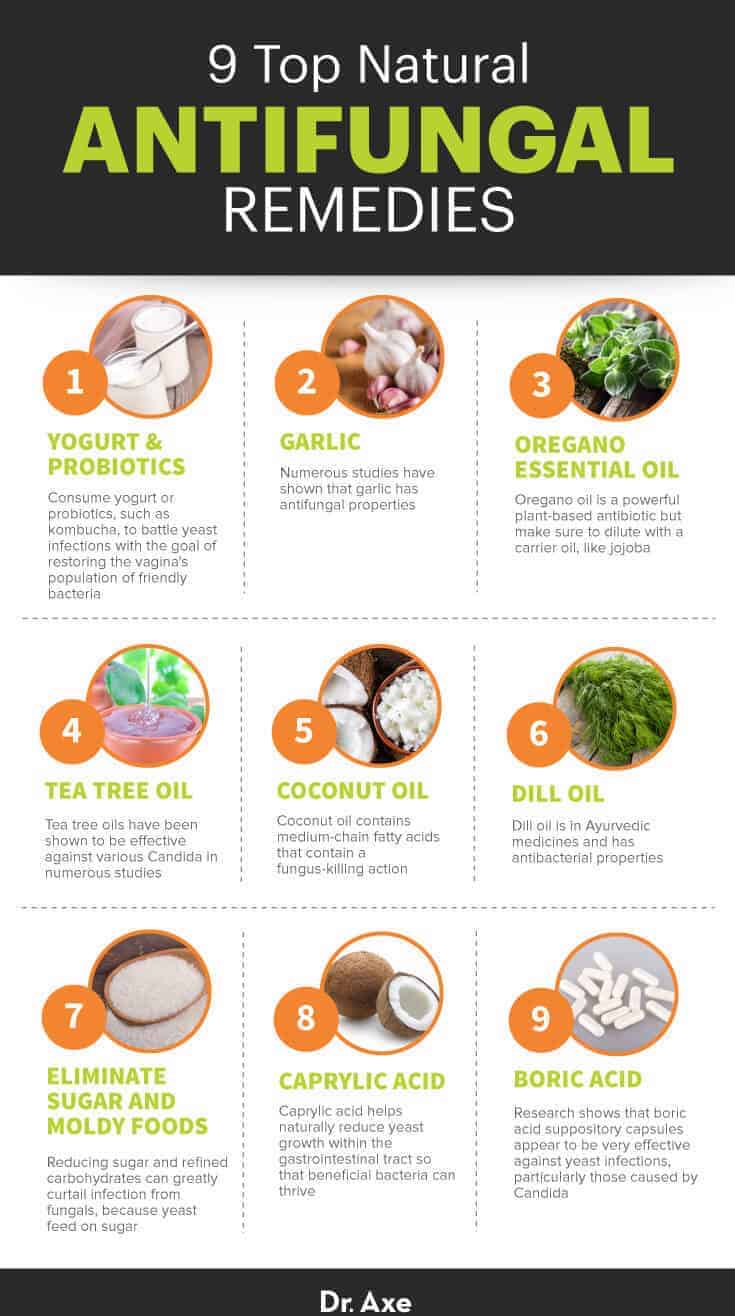
5. Coconut Oil
Coconut oil is known for its health-supporting and immune-enhancing properties. In the case of fungus within the body, coconut oil can provide great benefits.
Yeast and fungus exist in all mucous membranes of your body, particularly in the intestines, but rarely cause problems unless they become overgrown.
This is when a natural antibiotic, like coconut oil, may be very useful. Because excessive sugar intake, stress or general weakness of the immune system can cause fungal growth, a fungal nail represents just one potential manifestation of this fungal overgrowth and may accompany a systemic fungal infection.
Coconut oil contains medium-chain fatty acids that contain a fungus-killing action. These special fats exhibit potent antiviral, antibacterial and antifungal effects that can kill the fungus, which is why it should be considered for toenail fungus treatment and beyond.
6. Dill Oil
Dill oil has been used in Ayurvedic medicine since ancient times. Dill has been reported to possess antibacterial properties, making it a potential source of an eco-friendly antifungal drug.
The essential oil extracted from the seeds of dill (Anethum graveolens L.) demonstrated its ability to disrupt the permeability barrier of the plasma membrane, which can help eliminate fungus-causing bacteria.
7. Eliminate Sugar and Moldy Foods
Reducing sugar and refined carbohydrates can greatly curtail infection from fungals. The reason for this is that yeast feed on sugar, fermenting it to produce alcohol in the form of ethanol and an even more toxic chemical, called acetaldehyde.
When you stop a potential sugar addiction and reduce the amount of sugar in your diet, you reduce the amount available to the yeast in your intestines. Yeast overgrowth, which leads to leaky gut syndrome, can result in immune reactions.
It’s best to avoid processed foods, sugars of all types, cheese, alcoholic beverages and processed meats. Eat grains and high-carbohydrate vegetables in moderation. Focus more on raw or lightly steamed vegetables and lean meats.
8. Caprylic Acid
Caprylic acid contains antibacterial, antiviral and antifungal properties. It has the ability to boost the immune system and is commonly used as an ingredient in topical fungicides.
Caprylic acid helps naturally reduce yeast growth within the gastrointestinal tract so beneficial bacteria can thrive. Taken orally, it is completely natural, helping prevent an imbalance between the presence of various bacteria.
9. Boric Acid
Boric acid has antibacterial properties, making it a great, affordable home remedy for fungus.
Research shows that boric acid suppository capsules appear to be very effective against yeast infections, particularly those caused by candida. An early study found that boric acid suppositories, when taken nightly for seven to 10 days, have up to a 92 percent cure rate.
The journal Diabetes Care found that boric acid vaginal suppositories were more effective against candida infections in diabetic women than an oral azole medication, and the Journal of Women’s Health found that it’s a safe alternative for the treatment of four or more infections in a single year that is caused by non-albicans candida.
However, boric acid can occasionally cause vaginal burning, should be diluted or used with the guidance of a doctor, is toxic when swallowed, and shouldn’t be used frequently or when pregnant.
Antifungal Cream and Recipes
If you’re looking for antifungal remedies, here are some antifungal recipes and remedies to try. (Also try the DIY antifungal cream provided below!)
- Homemade Antifungal Powder
- DIY Antifungal Spray with Apple Cider Vinegar
- Candida Diet
- Fungal Acne Remedies
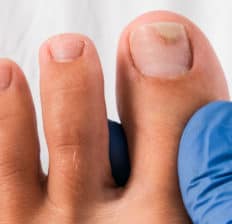
DIY Antifungal Cream
- Total Time: 15-20 min
- Yield: 12 uses 1x
Description
This homemade, DIY antifungal cream uses nothing but natural ingredients. Best of all, it works!
Ingredients
- 1/2 cup cold-pressed virgin olive oil
- 1/2 ounce minced garlic
- 2 ounces shea butter
- 2 ounces unrefined coconut oil
- 10 drops drops oregano essential oil
- 10 drops tea tree essential oil
Instructions
- Using a double boiler, melt the shea butter. If you do not have a double boiler, simply use a heat-safe container that you can place in a pan filled with some water, such as a jar.
- Once melted, place the shea butter in the refrigerator to cool and partly solidify. This takes about 10–15 minutes.
- Remove from the refrigerator, and place in a bowl. Add the olive oil slowly while whipping the shea butter.
- You can use an electric hand blender to whip it to the desired consistency. If you do not have one, just use a spatula, and blend the ingredients well.
- Once well blended, add the garlic, and blend again. Then, slowly add the essential oils. Blend thoroughly.
- Place the mixture into a glass jar with a lid, and store. You can store in the refrigerator or a cool, dark place for added shelf life, which is approximately three weeks.
- Apply a good layer of the ointment to the dried affected area every night prior to bed, and let it air dry. You may apply another thin layer in the morning. Continue to apply the salve twice daily until your symptoms are relieved. Remember that both oregano and tea tree oil may not be best to use in sensitive areas of the body, such as the groin.
- Category: Body Care
- Method: Blending

